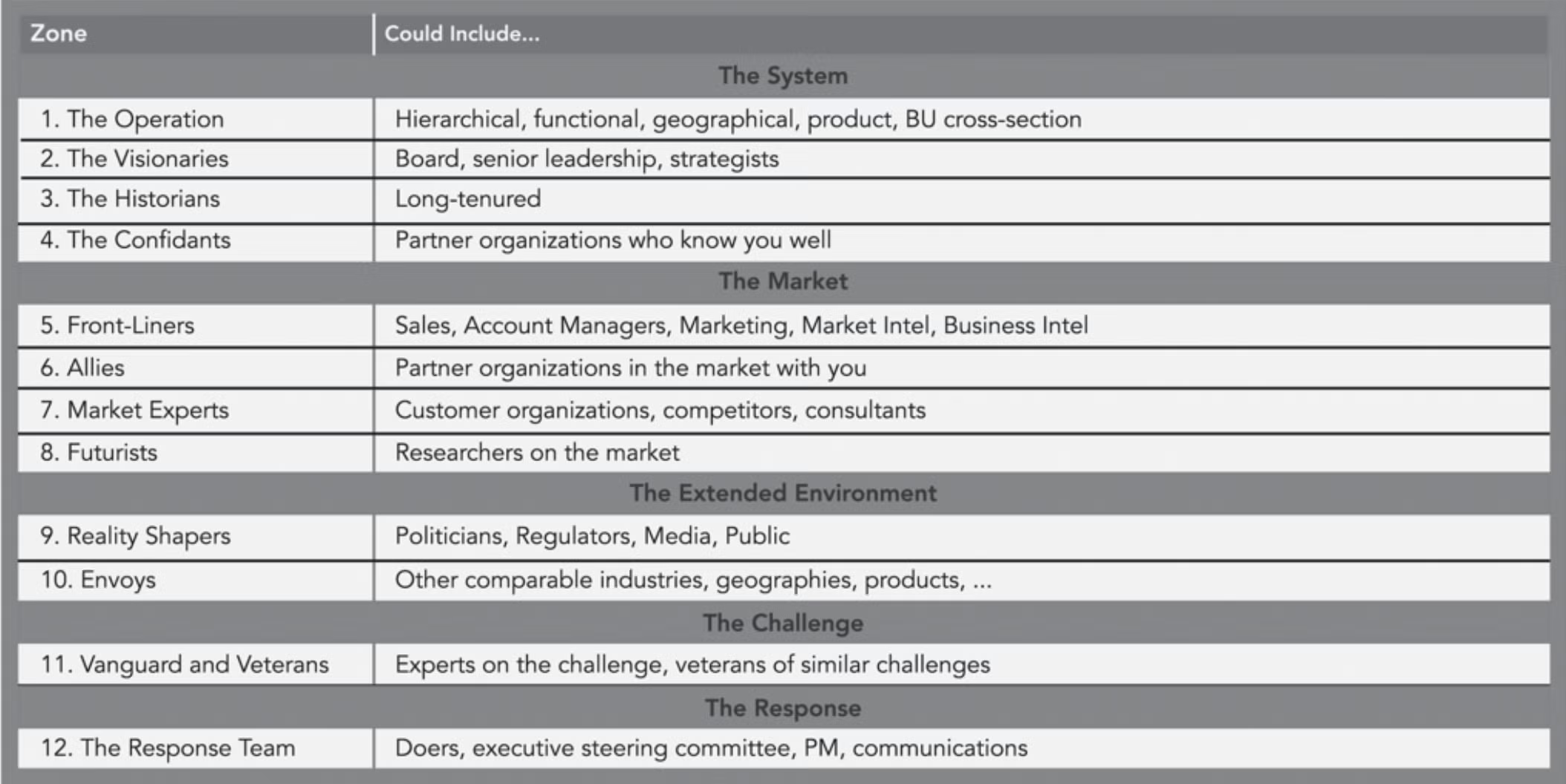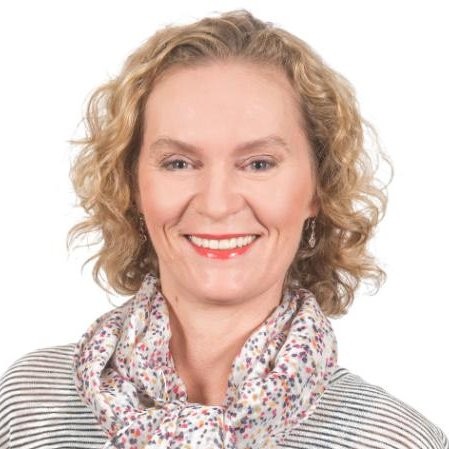There are a few factors that have an impact on a team’s or company’s ability to be more innovative. One of these is how much diversity there is in the group of people at the table.
There are a few ways to characterize diversity as it relates to innovation, though it all comes down to groups of people with different experiences and perspectives, leading to a broader range of available information and ideas.
Mix up departments
People from different departments will have different views of a customer, a problem, a hypothesis, or an opportunity.
Bell Labs is a famous exemplar of this. One of the most innovative and productive R&D organizations in the 20th Century, it was purposefully organized to bring together scientists, engineers, and inventors with a widely diverse range of domain knowledge. They were close together in location, but they also made sure there were lots of opportunities for “serendipitous connections.”
In a software company, cross-departmental interactions and collaborations are the equivalent of cross-disciplinary R&D as they did in the labs.
Mix up personality types
Teams of people who are similar are vulnerable to the deficits that come with groupthink. Innovative teams need big picture thinkers, analytical thinkers, troubleshooters, creatives, disruptors, and synthesizers – working with mutual respect and shared goals.
As per Tom Kelley at IDEO, here are some of the personality types you want:
- Happy Go Lucky: A person who makes sure the team has fun while they work. They are often a key instigator in an ideation session because they bring playfulness to the discussion.
- Visionary Creative: A person who looks past the “as is.” They will fight for the creative ideals that underpin a suggestion idea or solution.
- Pragmatic: A person who provides a reality check. They are good at identifying risky assumptions and will push to run experiments and get some data before an initiative moves fully forward.
- Analytical: A person who is very capable at framing ideas or solutions in financial terms, operational terms, or an ordered system or related elements. They bring data and systems logic as a balance to non-linear innovative ideas.
- Get Stuff Done: A person who excels at getting stuff done and cutting through analysis paralysis to get things moving. They will push the team to try things, build MVPs, experiment, iterate – allowing progress while figuring out best next steps.
- Perfectionist: A person who sweats the details and makes sure quality and value goals are part of the discussion. They are excellent at reviewing proposals and testing assumptions.
- Consensus: A person who helps the team to collaborate and to work through contentious points of discussion. They help diverse teams to move forward positively as a team.
- Supportive: A person who makes others feel comfortable and safe by making room for them to share ideas and opinions that aren’t fully formed. They ensure the team can fail fast and make mistakes.
Mix up cultures/backgrounds
This is due to, as Sujin Jang notes, “the breadth of information, ideas, and perspectives” you can access. However, performance can be negatively impacted if no one knows how to manage and spot situations in which “conflicting norms and differing assumptions between members” are allowed to fester.
Jang’s research shows that this ability to facilitate interactions across parties, which she calls cultural brokerage, is a key ingredient that allows teams and companies gain the benefits of cultural diversity while avoiding pitfalls.
In general, cultural brokers are team members who have more multicultural experience than others, relatively speaking. They can bridge between different perspectives. Their experience may be as a cultural insider, where they have experiences that map directly onto the cultures they bridge, or as a cultural outsider, where they have experiences in multiple cultures but not the ones directly represented in a particular team.
The way that they bridge perspectives and ideas in a culturally diverse group is different:
- Cultural insiders excel at integrating information and ideas using their dual+ knowledge. They often propose ideas that combine elements of both cultures.
- Cultural outsiders contribute by being a neutral third party who can bring out ideas and perspectives from all team members.
Both types of cultural brokerage led to a boost in creativity at the team level.
Cultural brokers can’t be assigned or designated – some people will be inherently good at this, and there needs to be a high level of psychological safety so that everyone feels able to participate. Teams that “view diversity as a resource and a source of learning” make it easier for cultural brokers to operate.
You can expand the idea of “culture” too. The idea of brokers works across departments, backgrounds, and personality types as well. People who are good “translators” add a lot of value to the projects they work on.
Mix up zones
Another way to look at innovation and problem solving is via zones. Based on research by W. Ross Ashby back in the 1960’s, the Law of Requisite Variety states that “only variety can destroy variety” – meaning teams with multidimensional challenges must be as multidimensional as the challenges. Different challenges require different zone and characteristic combinations.

Zones and characteristics
Requisite is a key word in this approach. You can achieve requisite variety with a small number of efficient selections to a team. One person can cover multiple zones and characteristics. The zones are compatible with personality types above as well.
Mix up opportunities
Companies that have focused on diversity often end up keying in on hiring, but often new hires are left on their own once they are in to navigate opportunities. And if senior roles and opportunities continue to go to a predominant group, then anyone else will have limited options for advancement.
Introducing knowledge & training programs that explicitly focus on helping employees to move up in their careers can help the “bottom up” approach, especially if some content is tailored to specific systemic blockers.
Filling high priority roles with the diversity of capable people you already have requires some discipline in talent programs. Companies should start with talent mapping to know where the talent is and to identify underleverages pools of talent.
When you know which skills employees have, regardless of role or background/demographics, you can use this knowledge to offer specific learning & promotion pathways that are more egalitarian, and ultimately better for the organization. Who doesn’t want people to be able to give their best and bring their best? If you want to nurture innovative teams who can take on tough challenges, mix it up.

